
After tooth extraction all patients are due to follow doctor's orders. For instance, after placing a cotton plug into the empty socket, one is not supposed to pull it out for at least half an hour. The dentist also tells his/her patients not to sip from a straw and try to abstain from spitting for several hours. In spite of all the mentioned methods of precaution pain at the extraction site may linger. If it is present even 3-4 days after extraction, it is most likely that an individual is suffering from a dry socket.
Dry socket (alveolar osteitis) is one of complications of tooth extraction. The symptoms of dry socket can be quite severe and this is why it is better to seek help immediately than to leave the condition untreated.
Dry Socket Causes
After each and every tooth extraction a blood clot forms at the extraction site. With this clot the body protects the underlying nerve endings and the bone. The blood clot is supposed to remain at the site of its formation until the bone grows and soft tissue develops completely, replacing the hole created after tooth extraction.
However, in some cases the blood clot may simply dislodge or even dissolve before regeneration starts. This is the reason why the condition develops. Namely, the site of the extraction is no longer protected, the socket is exposed to air, food and fluids all of which are connected with problems patients have to deal with. For instance, one may end up with dry socket infection and feel excruciating pain due to irritation of the nerve endings.
The risk of developing dry socket is higher in smokers, people who have had their wisdom tooth extracted, those who have suffered more trauma during tooth extraction and women on birth control pill.
Dry Socket Clinical Characteristics
The condition typically leads to severe pain that becomes worse 3 days after tooth extraction. The pain is throbbing and generally radiates towards the ear or eye. If, as a consequence of blood clot dislodgement, socket gets infected, one may have bad breath. The oral cavity generally may start to taste funny and gross.
One may even confirm the condition himself/herself by having a peek inside the mouth using a mirror. If he/she can visualize bone at the site of the extracted tooth, dry socket has most probably occurred.
There is a difficulty while chewing food and sometimes swelling of the gum line near the extraction site.
Finally, individuals suffering from dry socket may have enlarged lymph nodes in the jaw and neck.
Dry Socket Treatment
It is not hard to diagnose dry socket. This is achieved by inspection of the oral cavity. Once the dentist confirms the condition, he/she applies an antibiotic solution and flushes out the socket. This is of major importance for clearing all the food particles and debris left behind and stuck in the socket. After that the dentist applies a medicated dressing in order to reduce the pain. Such dressing may need to be changed for a couple of times. Finally, in order to alleviate pain, dentists prescribe pain relieving medications.


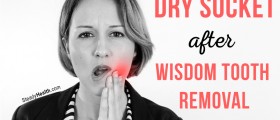

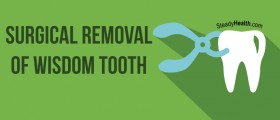

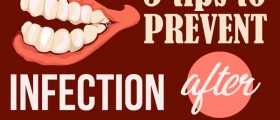


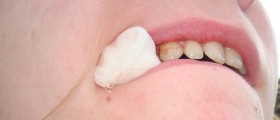

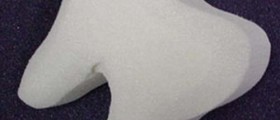



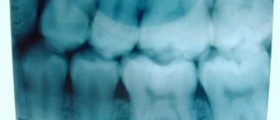
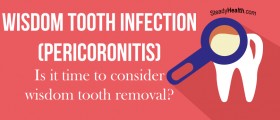
Your thoughts on this
Loading...